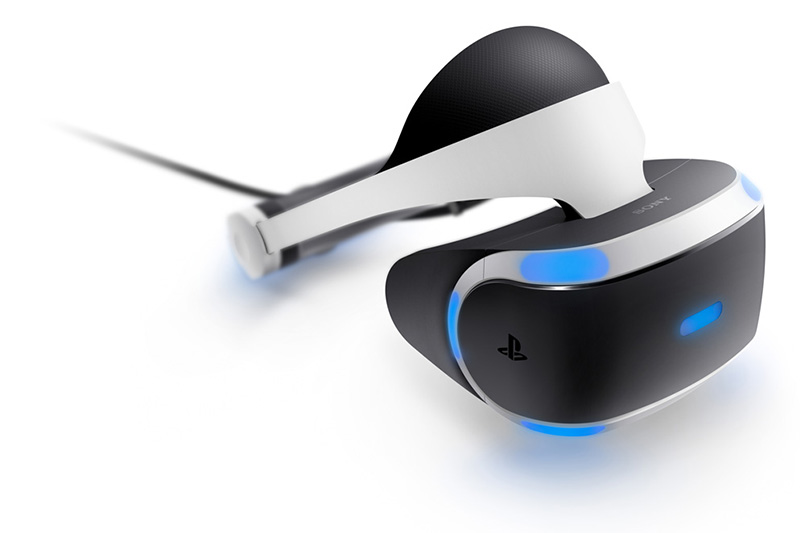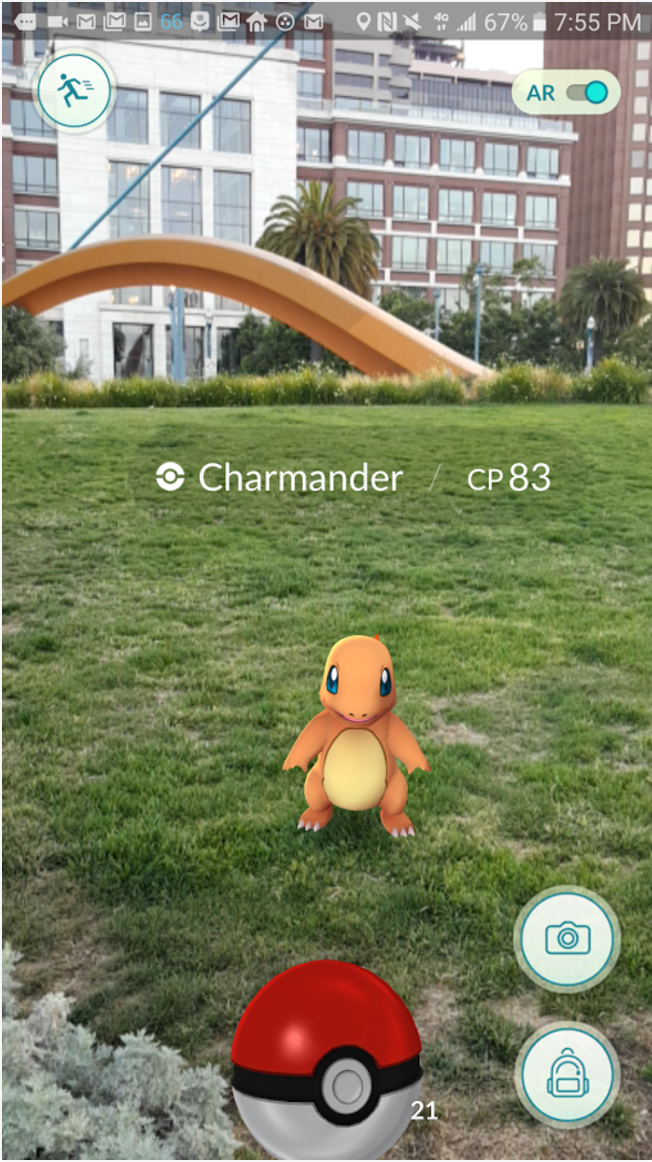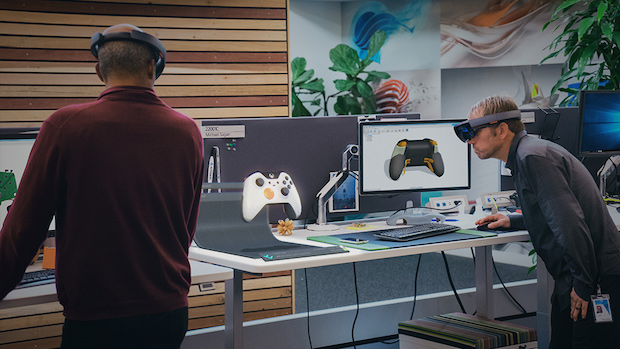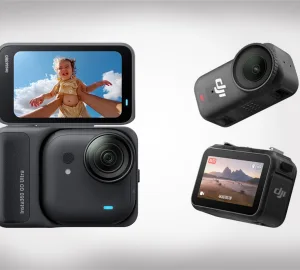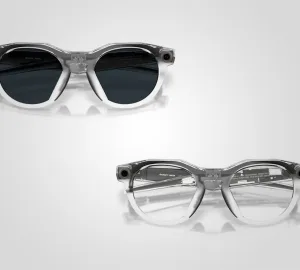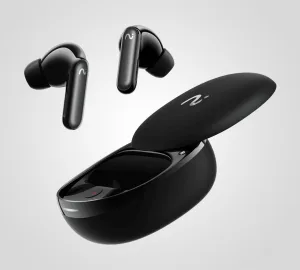3 minute read
I’m not incredibly proud of this, but I have a confession to make: until not too long ago, I had no idea there was a difference between virtual reality, augmented reality, and mixed reality. To be even more honest, I wasn’t even aware that AR and MR were terms. For me, “virtual reality” was an umbrella name that encompassed basically anything that went beyond your typical video game. It was while writing about a new Portal application for the Microsoft HoloLens recently that I realized my mistake—and down the rabbit hole I went to learn more.
Virtual Reality
Let’s start with virtual reality. As described by Webster’s Dictionary it’s, “an artificial environment which is experienced through sensory stimuli (as sights and sounds) provided by a computer and in which one’s actions partially determine what happens in the environment.” The key words to pay attention to here are “artificial environment”. With virtual reality, the user is removed (visually, at least) from their actual surroundings and placed in a completely independent location with completely independent interactions. If you’re meant to see the space you’re actually in at all, this is not true virtual reality.
Current virtual reality example: PlayStation VR
Augmented Reality
With augmented reality, you’re half in the real world and half separate from it. So, it never looks like you’ve left the comfort of your home, office, or wherever you may happen to be, but the virtual aspects don’t really interact with anything. Instead, they’re superimposed on top. You could be literally anywhere and what’s being projected wouldn’t really change. For example, say you throw a ball in augmented reality. That ball would be able to hit a target that’s also being virtually projected, but it wouldn’t stop if it hit a wall. The fabricated part of what you’re seeing would basically look the same in a coffee shop as it would a hiking trail.
Current augmented reality example: PokémonGO.
Mixed Reality
And that brings us to mixed reality. Which is meant to take the virtual experience and seamlessly integrate it into your environment. It’s incredibly similar to augmented reality, in that you can still see your actual surroundings. In fact, until recently, MR and AR was often used interchangeably. The key difference is that the virtual objects do interact with the real world. So that ball you threw through a wall before, would bounce off it (and anything else it came into contact with) instead. It’s almost a circle back to the interaction in virtual reality, only real objects don’t reciprocate the interactive response—which our vases and windows are all thankful for.
Current mixed reality example: Microsoft HoloLens
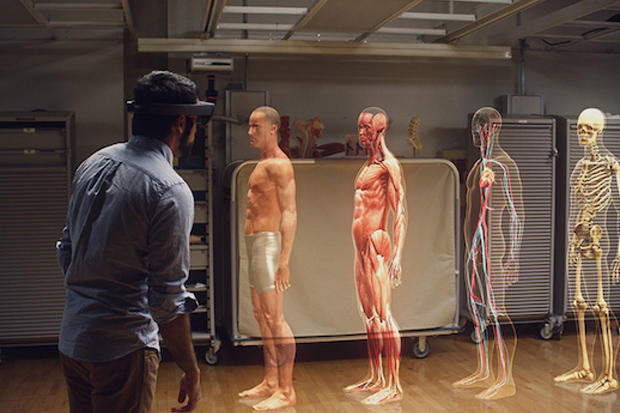
So, for a quick recap:
Virtual Reality = independent location + independent interactions
Augmented Reality = actual location + independent interactions
Mixed Reality = actual location + real object interactions
I hope this cleared up some of your questions. We wish you well as you now go off to Google exactly when we can expect to start seeing real life versions of the holodecks from Star Trek like we’re about to.




